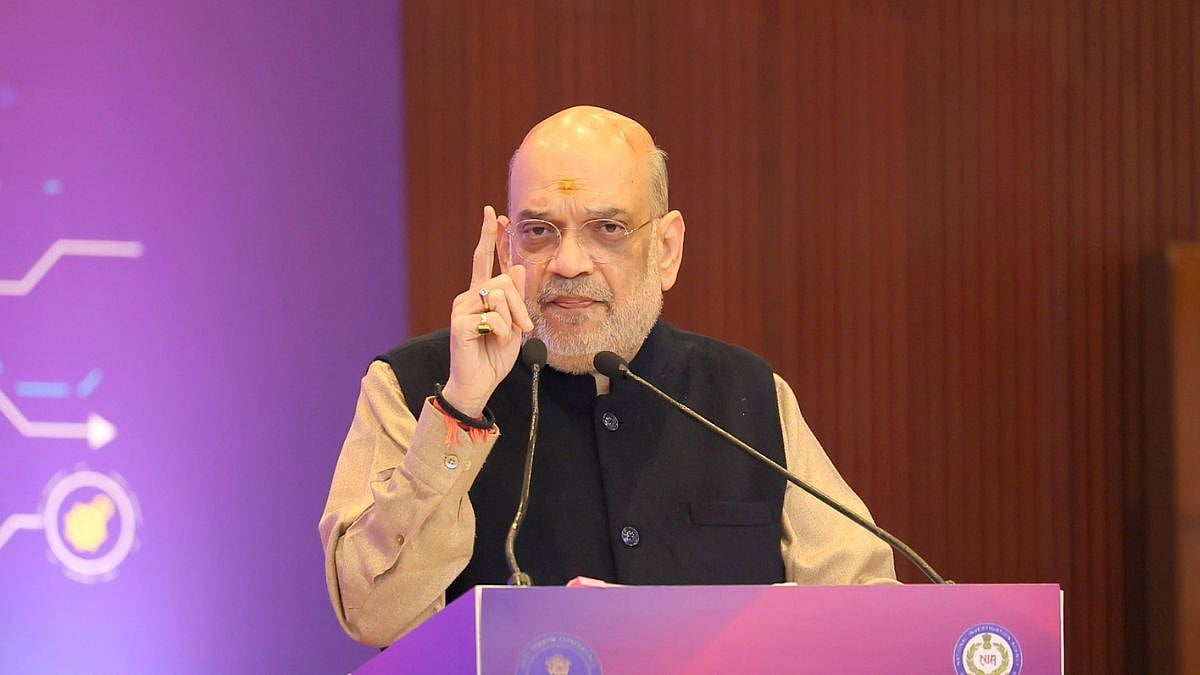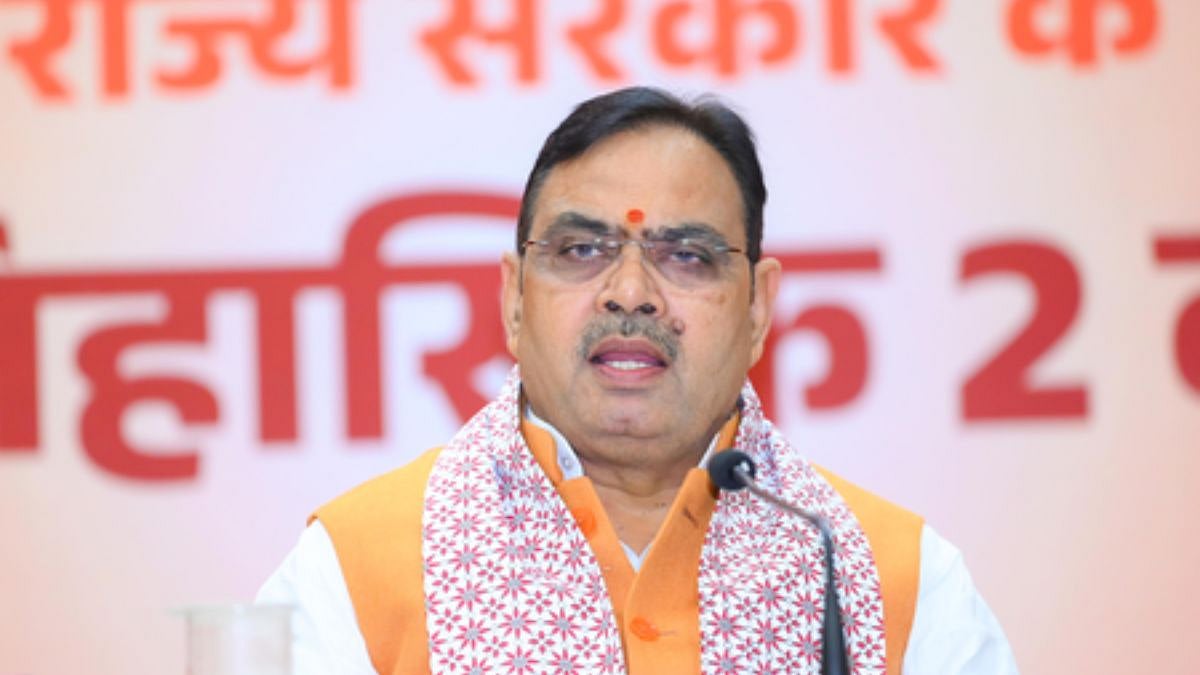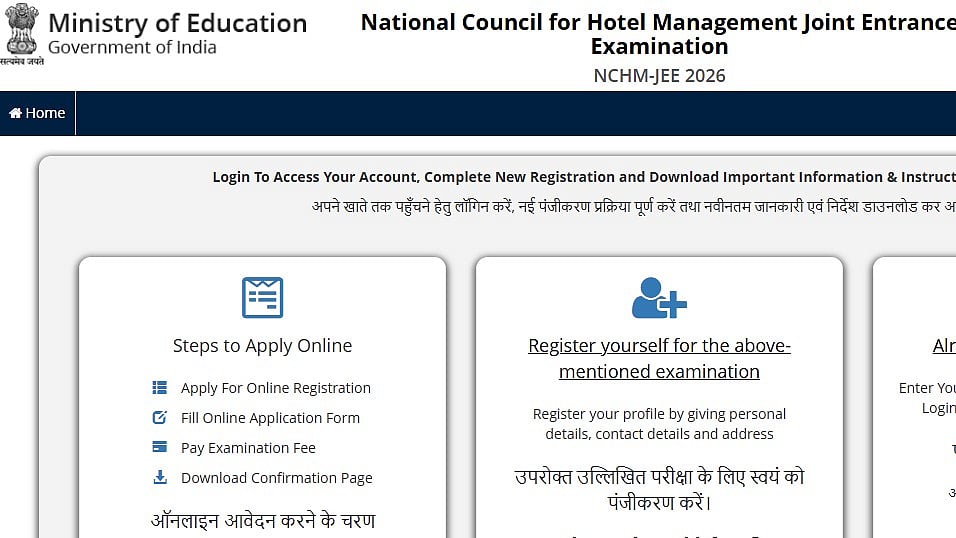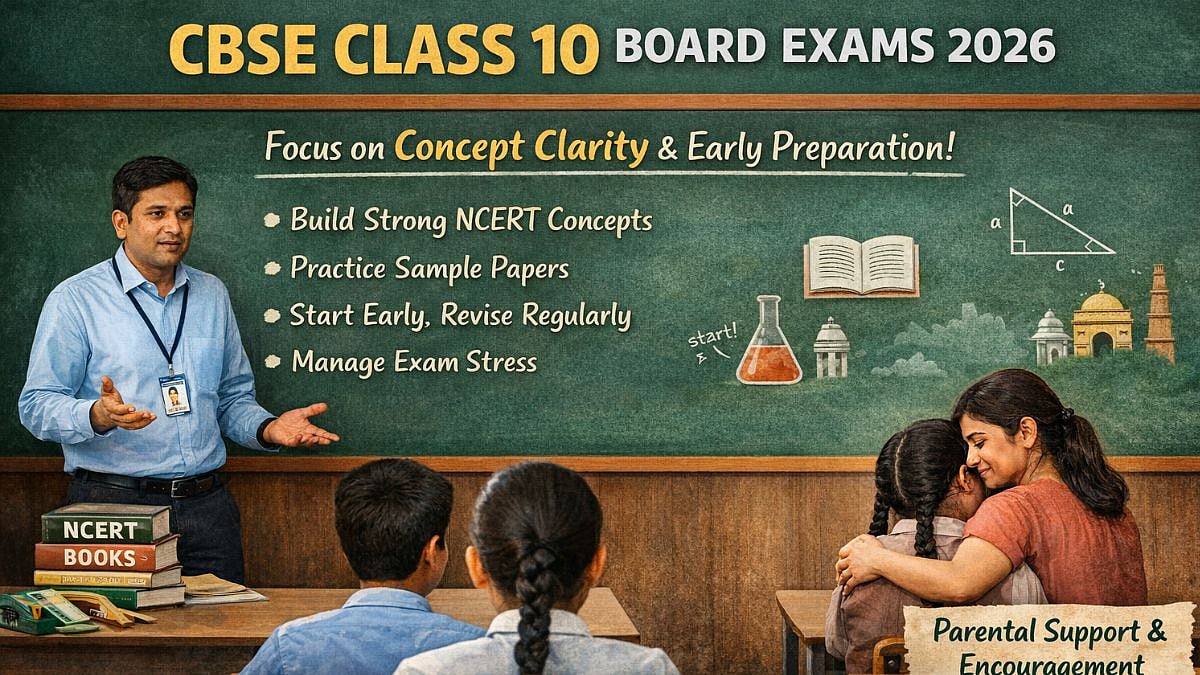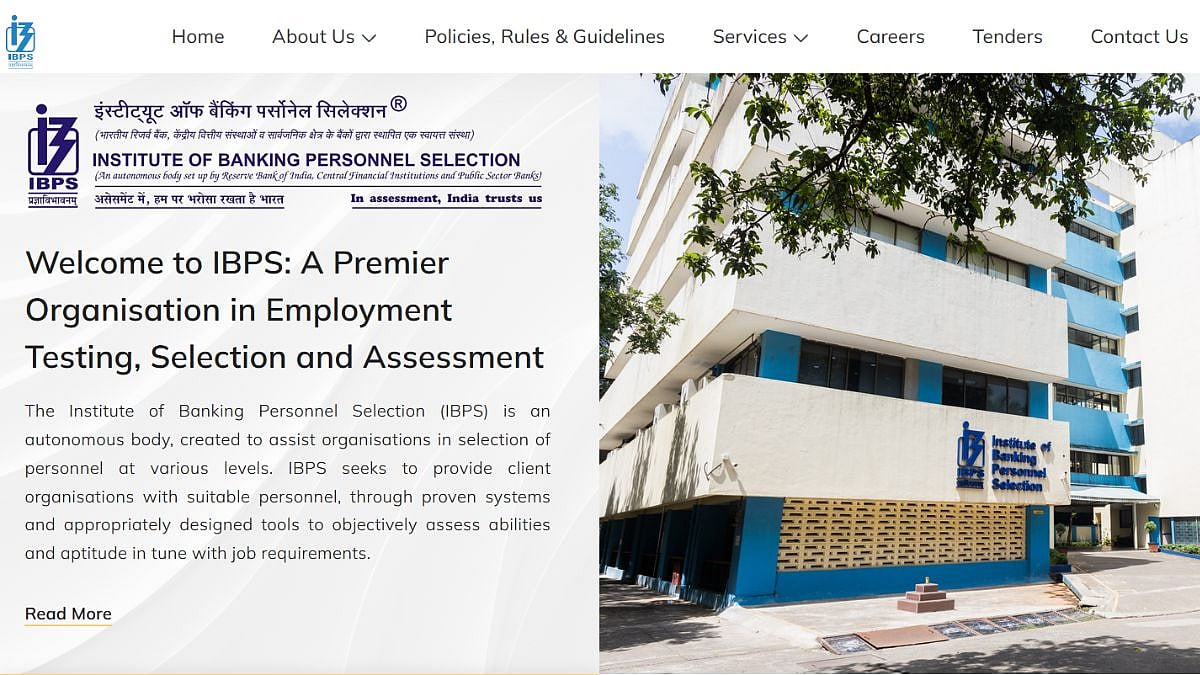Mumbai: In India’s journey through the ‘Amrit Kaal’, Finance Minister Nirmala Sitharaman laid out seven priorities while presenting Budget 2023-24 in Parliament. Though these priorities marked the country’s vision moving forward, a notable exception of education among them turned out to be disappointing.
The major proposals in the Union Budget 2023 included the setting up of one hundred and fifty-seven new nursing colleges; the upgradation of teachers' training through innovative pedagogy, curriculum transaction, continuous professional development, dipstick surveys, and ICT implementation; a National Digital Library for children and adolescents for facilitating the availability of quality books across geographies, languages, genres, and levels; recruiting 38,800 teachers and support staff for the 740 Eklavya Model Residential Schools, serving 3.5 lakh tribal students in the next three years; three Centres of Excellence for Artificial Intelligence (AI) in top educational institutions are some of the noteworthy announcements.
Leading industry players will partner to conduct interdisciplinary research and develop cutting-edge applications and scalable problem solutions in agriculture, health, and sustainable cities. One hundred labs for developing applications using 5G services in engineering institutions will be established to realise a new range of opportunities, business models, and employment potential.
The government has also proposed to launch an integrated online training platform, iGOT Karmayogi, to provide continuous learning opportunities for lakhs of government employees to upgrade their skills and better service.
Cuts PM Poshan in a rising school budget
On a positive note, school education has received an increased allocation to the tune of 5000 crores for the financial year of 2023-24, an increase of more than Rs 5,000 crores as compared to last year. However, the allocation for Samagra Shiksha Abhiyan has witnessed only a slight change from the previous financial year (from 37383 crores in 2022-23 to 37453 crores in 2023-24); given the scenario, the allocation could have been much more.
In the case of Pradhan Mantri Poshan Shakti Nirman (PM POSHAN), the current outlay has been slashed by more than 9 percent compared with the actual expenditure in the previous year (2022-2023 RE). Also, the EdTech companies were anticipating tax breaks for e-learning products and services; to their disappointment, no such proposals were presented in the budget speech.
The future of these announcements will be anticipated by stakeholders considering the expenditure on education remained stalemated at 2.9 percent for the past four years, which is way less than the 6 percent target set by the National Education Policy (NEP). Also, the expenditure on education as a percent of social services declined from 42.5 in 2019-20 to 35.5 in 2022-23. The primary reason is higher allocations for the health sector post-Covid-19, which has increased from the pre-pandemic level of 20 percent to 25.7 percent in 2022-23 (BE).
Higher and timely allocation critical for Education sector
Although it is a welcome change, the importance of the education sector must be adequately supported through higher allocations. Not only fund allocation but also timely disbursement of central funds is indeed crucial. For instance, by November 2022, the union government had released only 51 percent of the allotted outlay for the Samagra Shiksha Abhiyan (SSA), a comprehensive programme for school education ranging from pre-school to Class 12, in which three older schemes, namely Sarva Shiksha Abhiyan (SSA), Rashtriya Madhyamik Shiksha Abhiyan (RMSA) and Teacher Education (TE) got subsumed.
Further, over 5.6 lakh elementary teacher posts in government schools remain vacant in fifteen states combinedly. The Right to Education Act necessitates a pupil-teacher ratio (PTR) of 30 at the primary level (classes ranging between 1-5) and 35 at the upper primary level (6-8). However, the existing PTR in most states turned out to be abysmally poor, which will adversely affect the effectiveness of teaching and learning outcomes.

Dr. Anand B. | File
(The author, Dr. Anand B., is an assistant professor at Sarla Anil Modi School Of Economics, NMIMS)


